-
ZERO SUGAR WINE
-
ZERO SUGAR WINE
ALL WINE
-
SHOP BY WINE TYPE
-
SHOP PRE-MIXED CASES
-
SHOP BY DIETARY REQUIREMENT
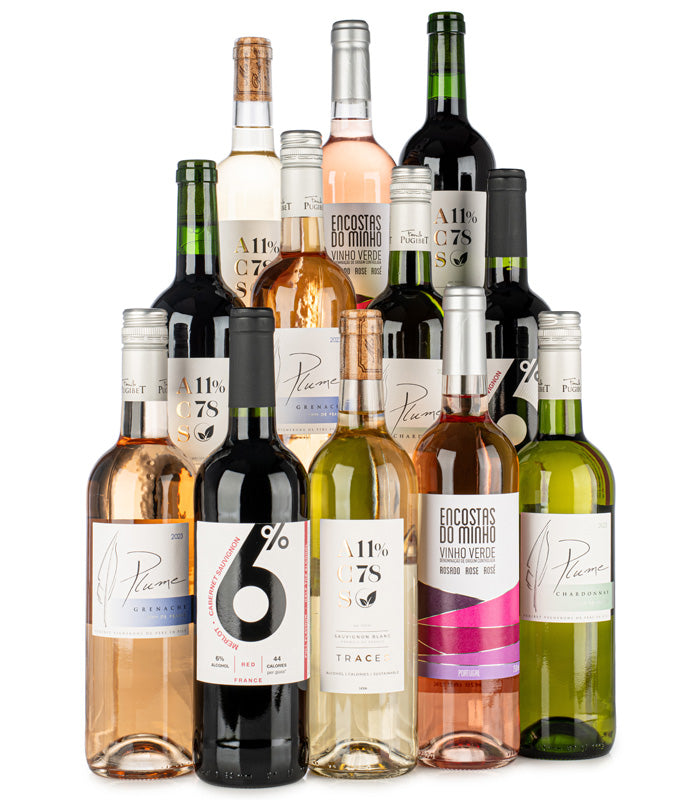
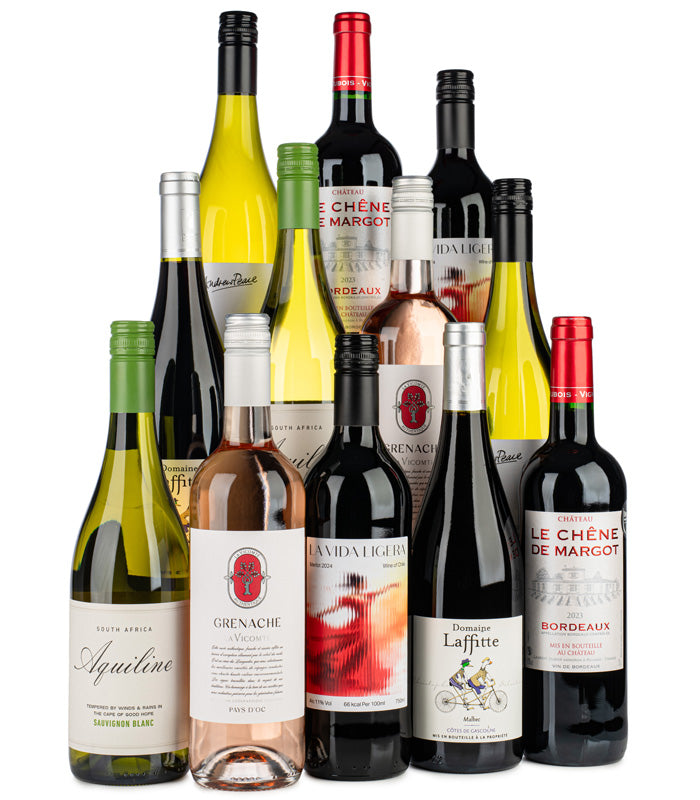
Limited Edition Winter Case
£129.99 £138.88
TRACES WINE
-
-
LOW CARB BEER
CHRISTMAS DEALS
WINE CLUB
LOYALTY


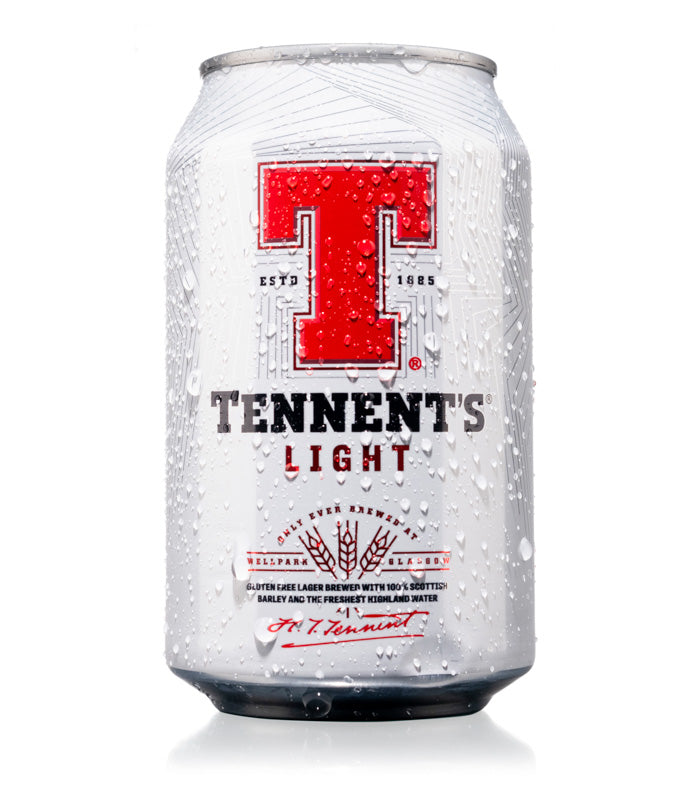
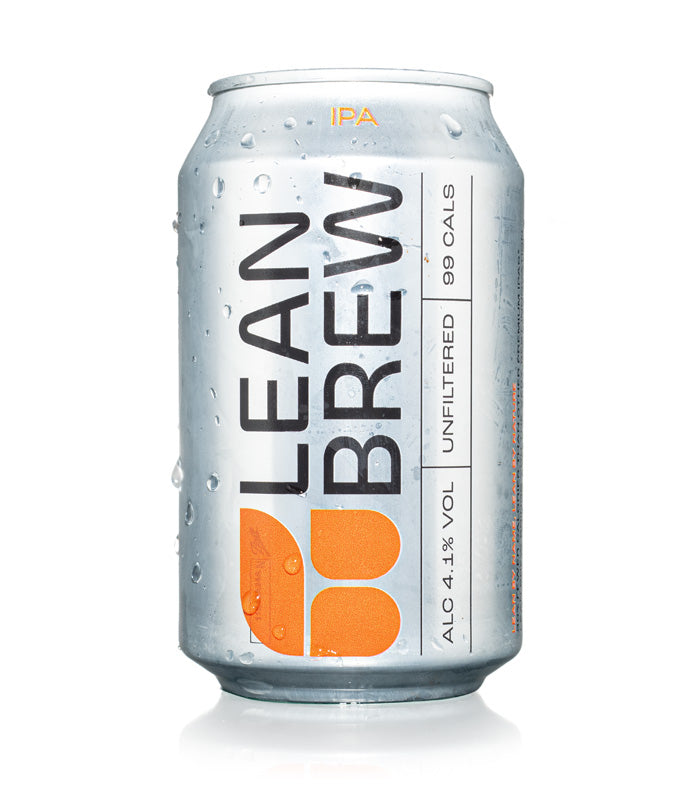

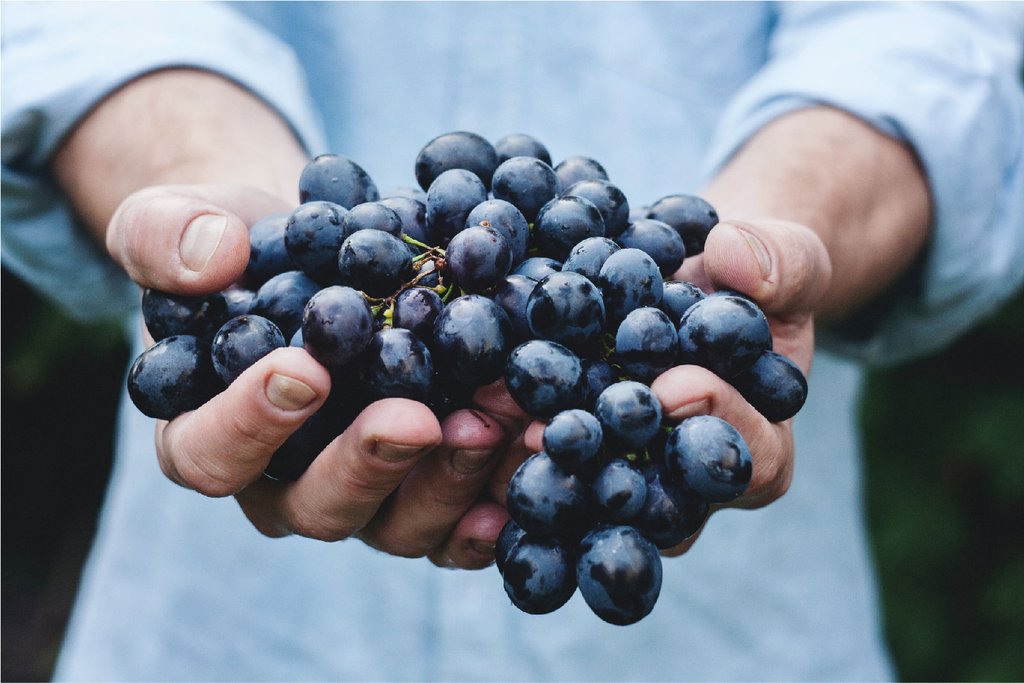
If you enjoy choosing and drinking wine, chances are you have come across the term ‘must’ in wine descriptions and found yourself wondering what exactly it means. In this blog, we will explain the term must and hopefully answer some of the questions you may have about its role in wine making.
Nutrition details (per 125ml)
Each bottle saves you (vs standard average*):
-
Calories
-
Sugars
*Statistics based from Drinkaware 2023 and Alcohol Health Alliance 2022168.0
19.9999g
What Is Must?
The term ‘must’ is derived from the Latin term vinum mustum, meaning ‘young wine’. Must is the name given to the freshly pressed grape juice, containing the skins, stems and stems of the grapes. Must is the first step in winemaking after the grapes have been harvested from the vine. The mixture will be thick and opaque, and will vary in colour depending on the grapes that are pressed, ranging from dark purple to light shades of brown. Wine makers may use single grape varieties or a blend of different grapes depending on the type of wine they are making. Must has a high glucose content (on average between 10 and 15%) and subsequently is used as a sweetener in many different cuisines.
Browse Our Lower Calorie Wine CollectionThe solid portion of the must is called ‘pomace’ and makes up between 7 and 23% of the total weight of the must. The length of time that the pomace stays in the juice plays an important part in determining the final characteristics of the wine. Fermentation begins in the must from the yeast present on the grape skins, and the process is determined by how long the must is left to sit. Once the desired length of time has been reached, the juice is drained off the pomace, and the pomace may be returned to the vineyard to be used as fertiliser. Sometimes, some of the must is kept as ‘Süssreserve’, which is added to the wine as a sweetener before it is bottled.
How the winemaker manages the must will determine many of the final characteristics of the wine including colour, acidity, and tannin levels.